Prices in AUD. Shipping worldwide. Flat rate $8 postage per order within Australia. International by weight calculated at checkout. Read full terms.
-
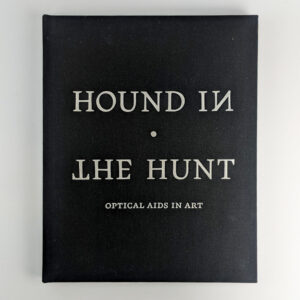
Hound in the Hunt: Optical Aids in Art
AU$50.00 Read MoreAdd to cartTim Jenison
Hobart: Museum of Old and New Art, 2016. -

The Routledge International Handbook of Intercultural Arts Research
AU$60.00 Read MoreAdd to cartPamela Burnard; Elizabeth Mackinlay; Kimberly Powell
London: Routledge, 2016. -

Homesickness: Nationalism in Australian Visual Culture
AU$10.00 Read MoreAdd to cartTraudi Allen
Melbourne: Macmillan Art Publishing, 2008. -
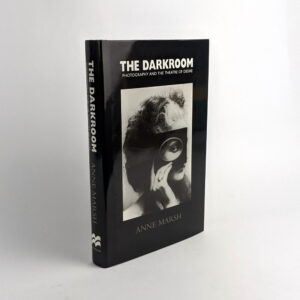
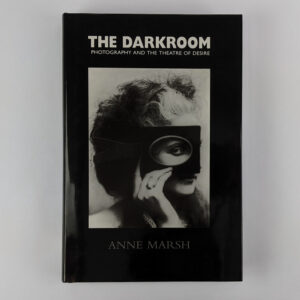
The Darkroom: Photography and the Theatre of Desire
AU$10.00 Read MoreAdd to cartAnne Marsh
Melbourne: Macmillan, 2003.“Anne Marsh’s treatise on the art of photography traces its theoretical underpinning from the early debates between the rationalists and the fantasists, through psychoanalytical interpretations, to the theatre of desire. She investigates the role of photography in ghostly performances, the masking of desire, and high camp aesthetics – through to performance art and the role of the photographer as a gender terrorist – as in the work of Del LaGrace Volcano. The study concludes with notable examples of postmodern photography as they have occurred in the Australian context. This ground-breaking work by a leading Monash University academic will interest all students of photography and followers of recent trends in art and art theory.” (publisher’s blurb)
-

Thinking Jewellery Two
AU$30.00 Read MoreAdd to cartWilhelm Lindemann; Theo Smeets
Stuttgart: Arnoldsche Art Publishers, 2020.“Thinking Jewellery Two reports on the differing perspectives in our quest to establish a theory of jewellery. The series Thinking Jewellery arose from the symposium series of the same name. Both are punctuated by exemplary specialist jewellery expertise alongside objective observations from academics on the phenomenon of jewellery.” (rear cover)
-


Know Thy Instrument / A Lecture (AI Split Editions #1)
AU$50.00 Read MoreAdd to cartBruce McClure; Hollis Frampton
Milan: Atelier Impopulaire, 2014.“Atelier Impopulaire Split #1 consists of an original text by Bruce McClure, an architect and performer based in New York. It is titled Know Thy Instrument, and based on a lecture given by Hollis Frampton on 30 October 1968, then published as A Lecture. Both with his text and projection performance, McClure aims at reflecting upon the body/technology dynamics, the relation with the whole projection apparatus, and the implications deriving from the removal of some of its parts. This all results in a modification of its mechanical structure, thus provoking a systemic abstraction of the obscurity/light duality in the guise of sound patterns.” (publisher’s blurb)
-
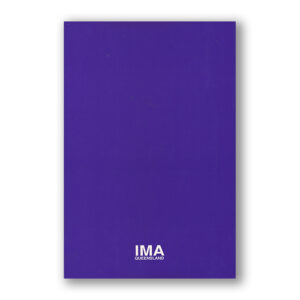
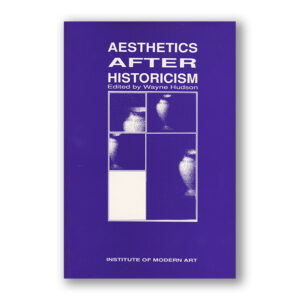
Aesthetics After Historicism
AU$15.00 Read MoreAdd to cartWayne Hudson
Brisbane: Institute of Modern Art, 1993. -


Imaging the World: A Journey from Visual Processing to Fine Art and Back Again
AU$100.00 Read MoreAdd to cartHenry R. Lew
Melbourne: Hybrid Publishers, 2018.Limited edition of 500 copies. This copy is unnumbered.
-
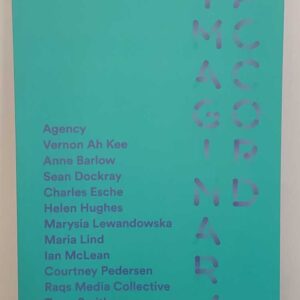
Imaginary Accord
AU$30.00 Read MoreAdd to cartAileen Burns; Madeleine King; Johan Lundh
Brisbane: Institute of Modern Art, 2017.“Is an art institution only an imagined entity–a temporary constellation of agreements, negotiations, and arrangements–or is it something more fixed? This publication both documents and reinvigorates the fortieth anniversary activities of the Institute of Modern Art (IMA): the exhibition Imaginary Accord; the nine-part lecture series and two-day symposium, What Can Art Institutions Do?; and the online archive, 40years.ima.org.au, that charts the IMA and its immediate historical context. This series of creative and critical projects explored the historical mission of one of Australia’s oldest public galleries, while imagining what the founding principles of a contemporary art institution could mean today and for the future.” (publisher’s blurb)
-
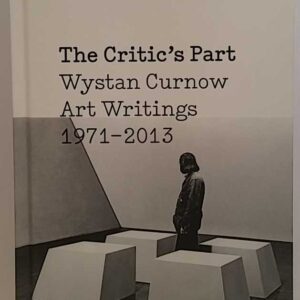
The Critic’s Part: Wystan Curnow Art Writings, 1971-2013
AU$60.00 Read MoreAdd to cartChristina Barton; Robert Leonard; Thomasin Sleigh
Wellington: Adam Art Gallery, 2014. -
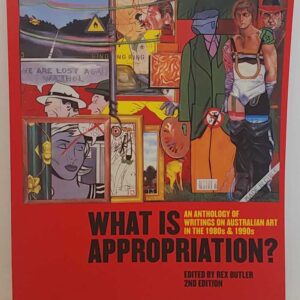
What Is Appropriation? An Anthology of Writings on Australian Art in the 1980s & 1990s
AU$45.00 Read MoreAdd to cartRex Butler
Brisbane: Institute of Modern Art, 2004.“It was probably Ad Reinhardt, though it could have been Sherrie Levine or even Andy Warhol, who remarked that you only know you are doing something original when everybody else is doing it. This book explores this and other paradoxes raised by the practice of appropriation the quotation and use of other artists’ work that became widespread in the 1980s. Why was the practice so uniquely popular in Australia? What did it say about the relationship of Australian art to the art of other countries; about white art to Aboriginal art; and about contemporary art to the art of the past? How and why does appropriation fundamentally challenge habitual ways of looking at pictures and thinking about art? The essays and pictures in this book provide answers to these questions, but always in the knowledge that the enigma of appropriation remains.”
